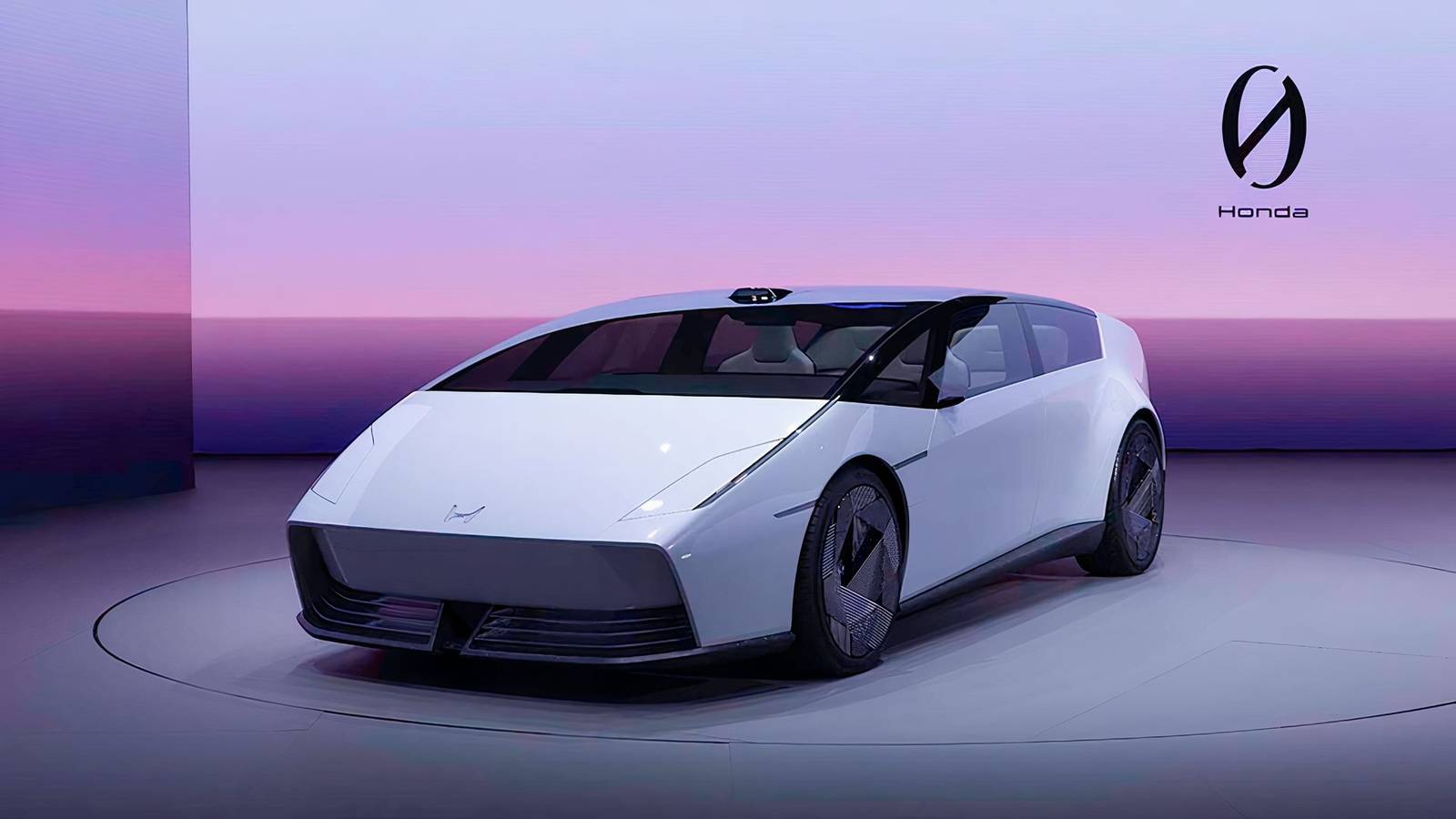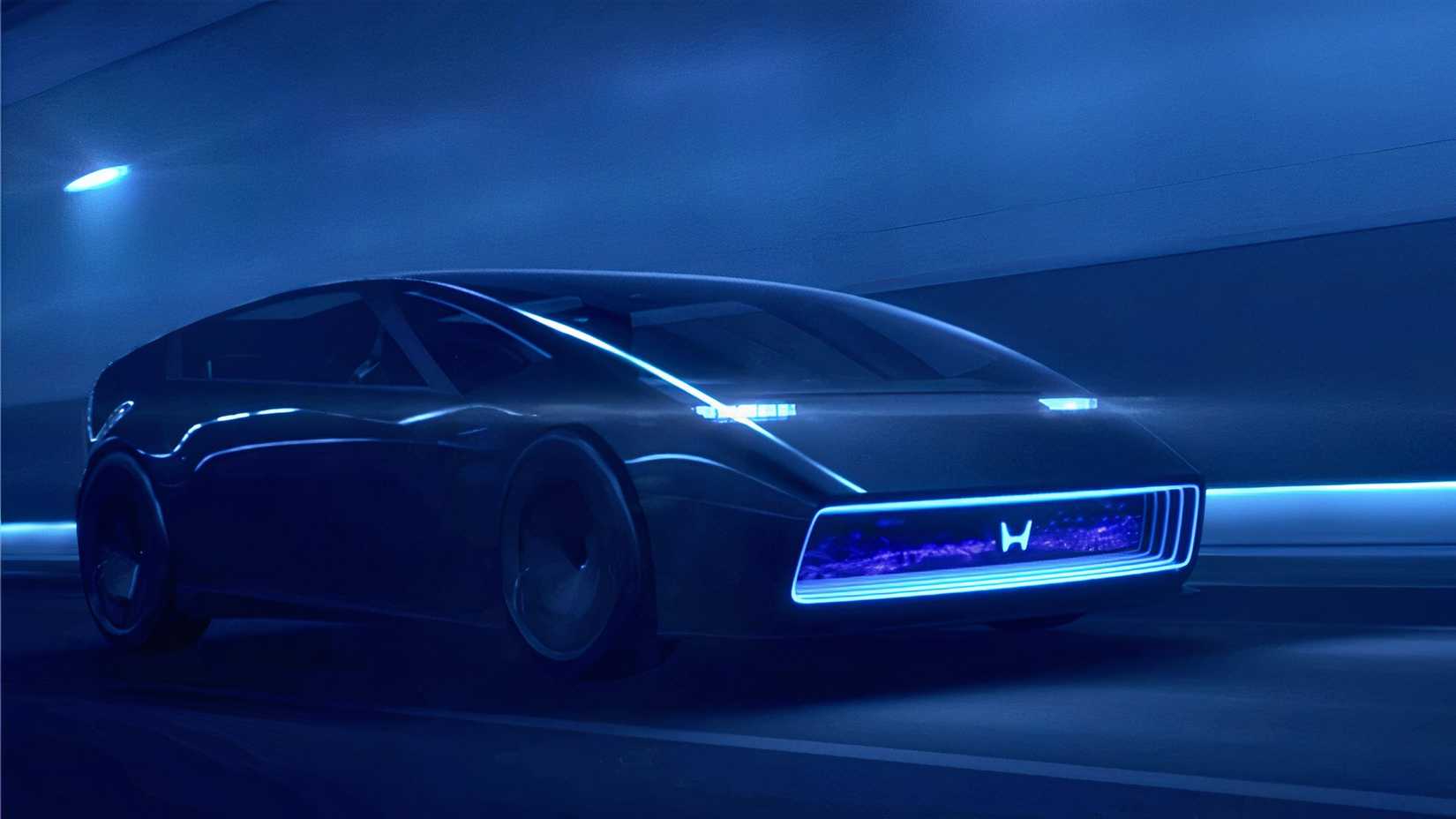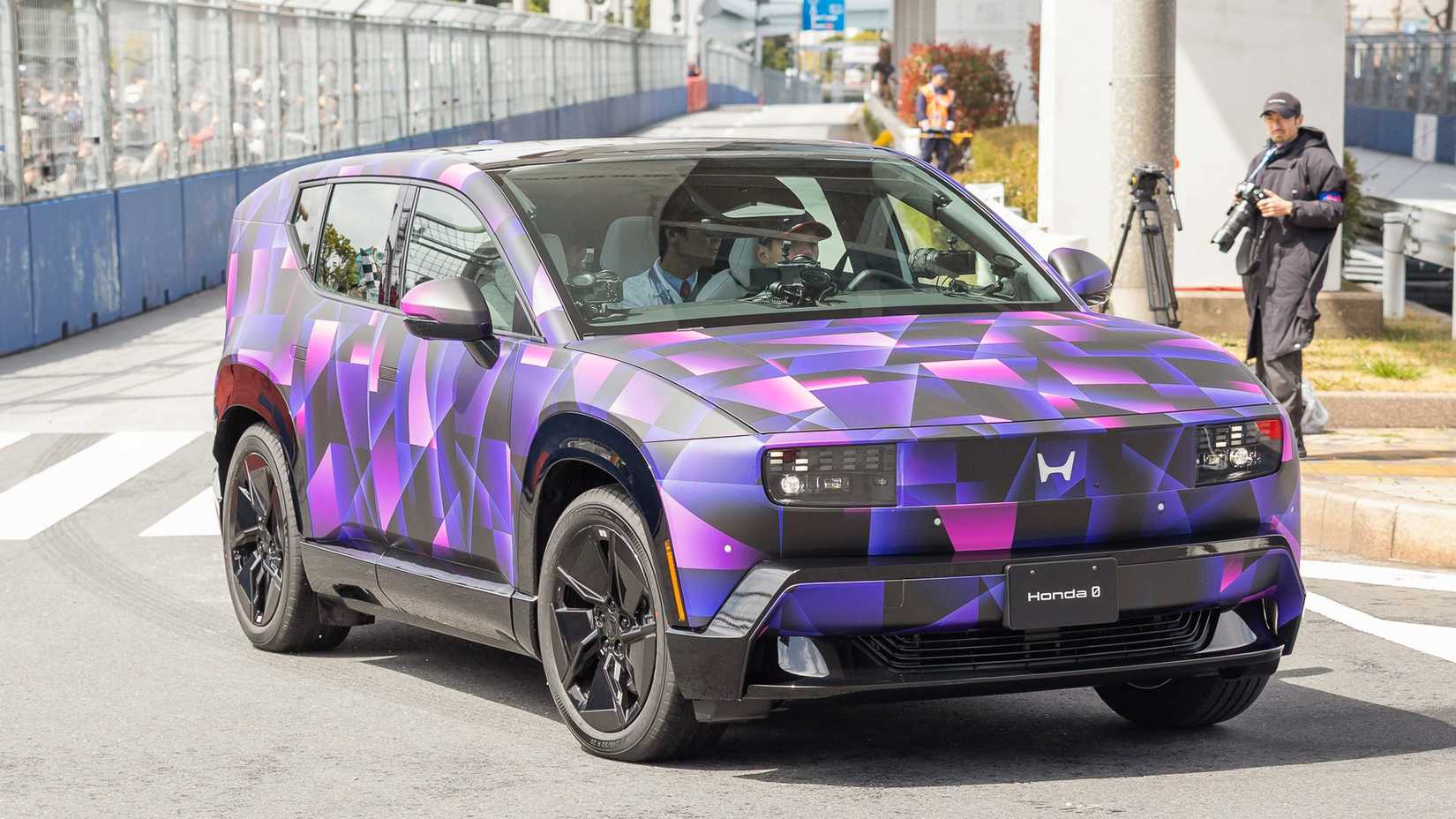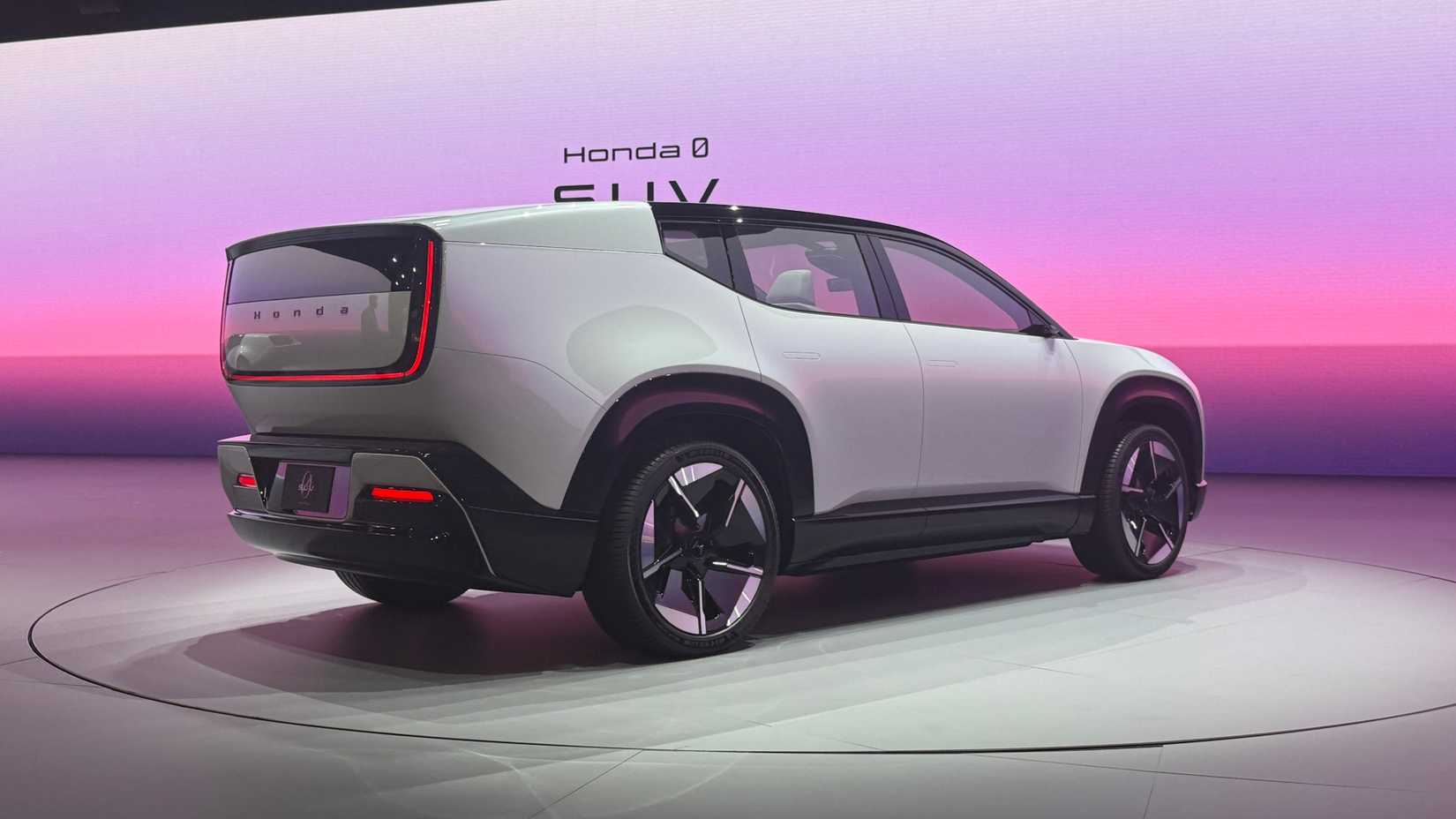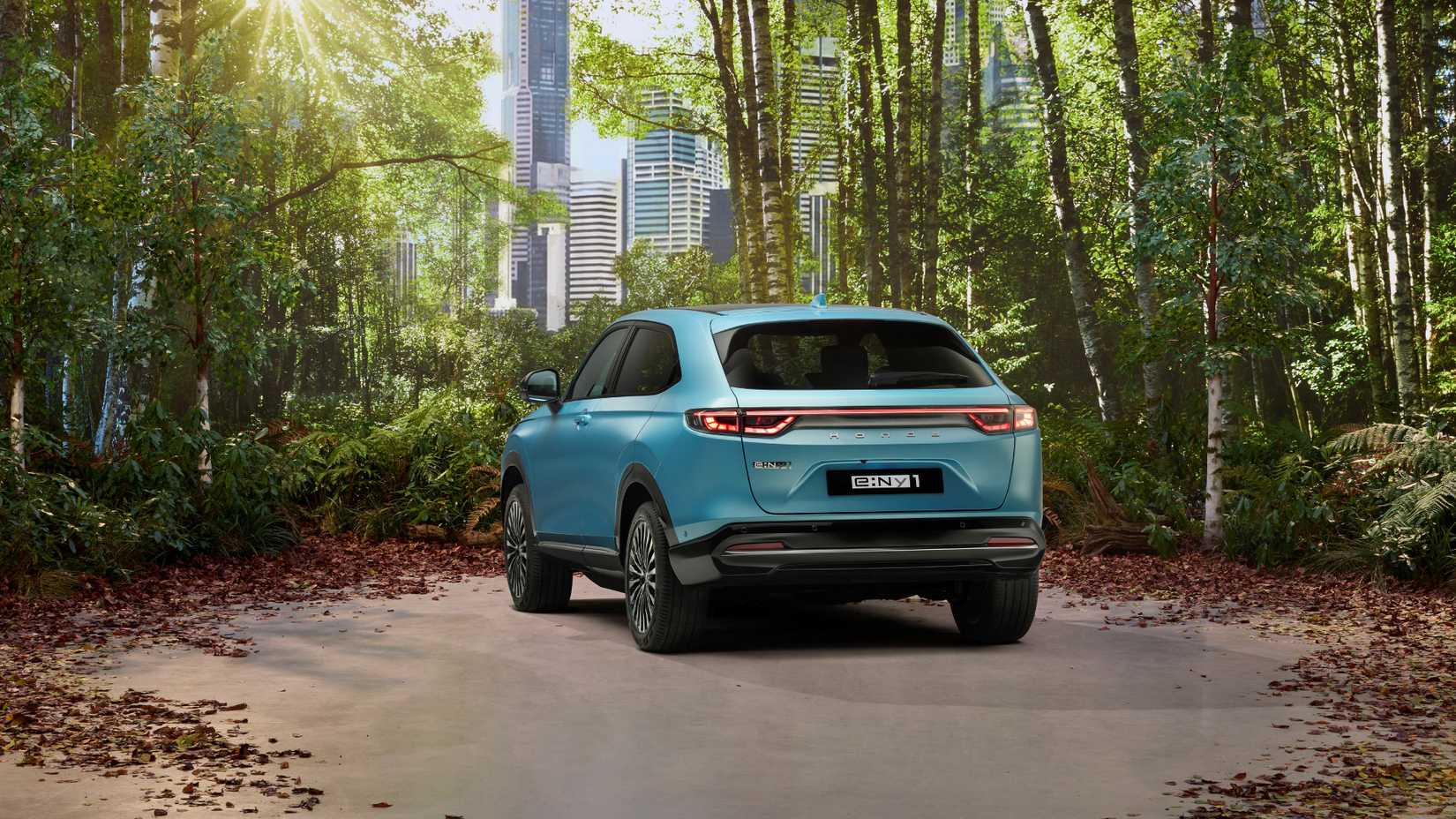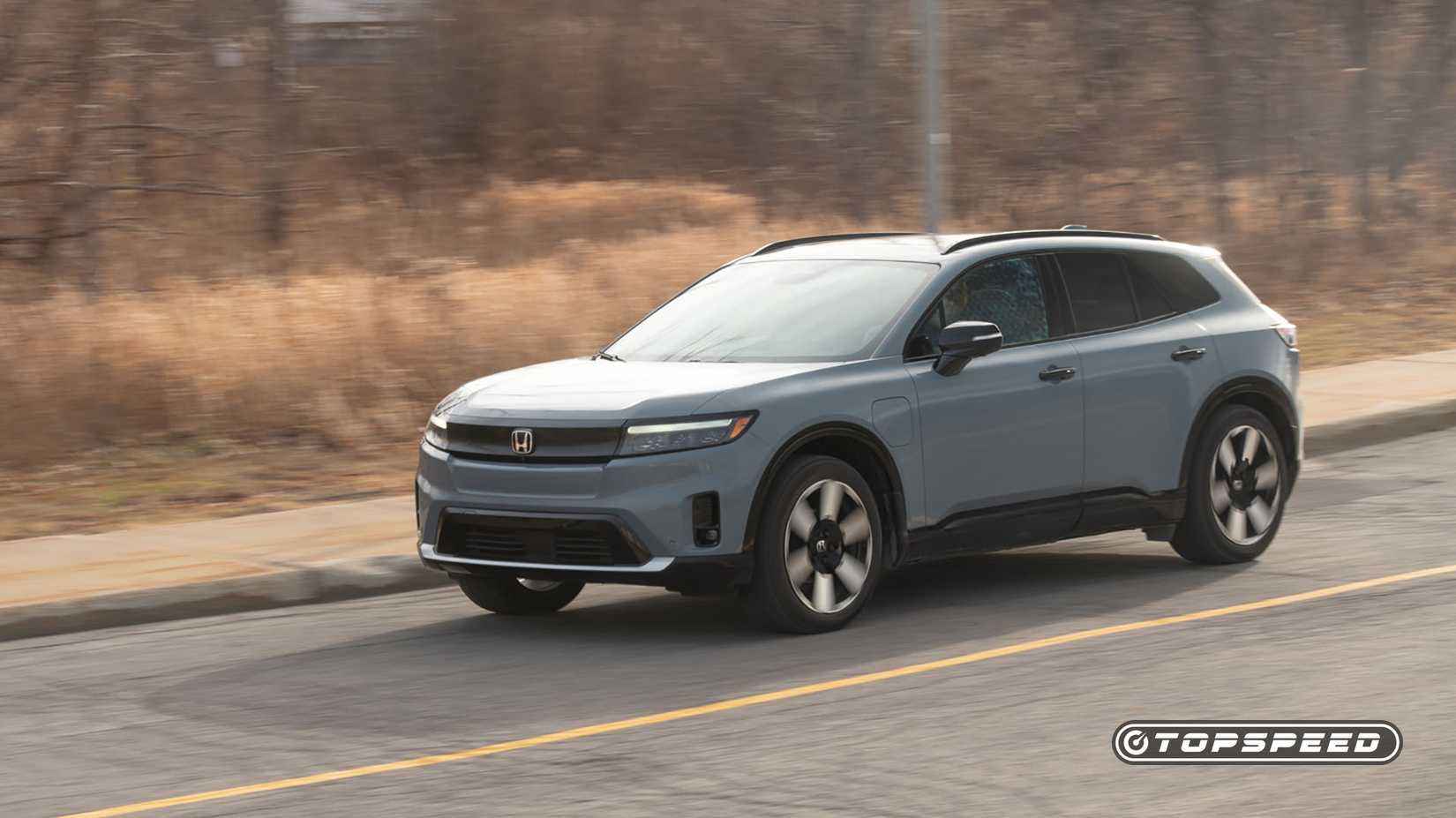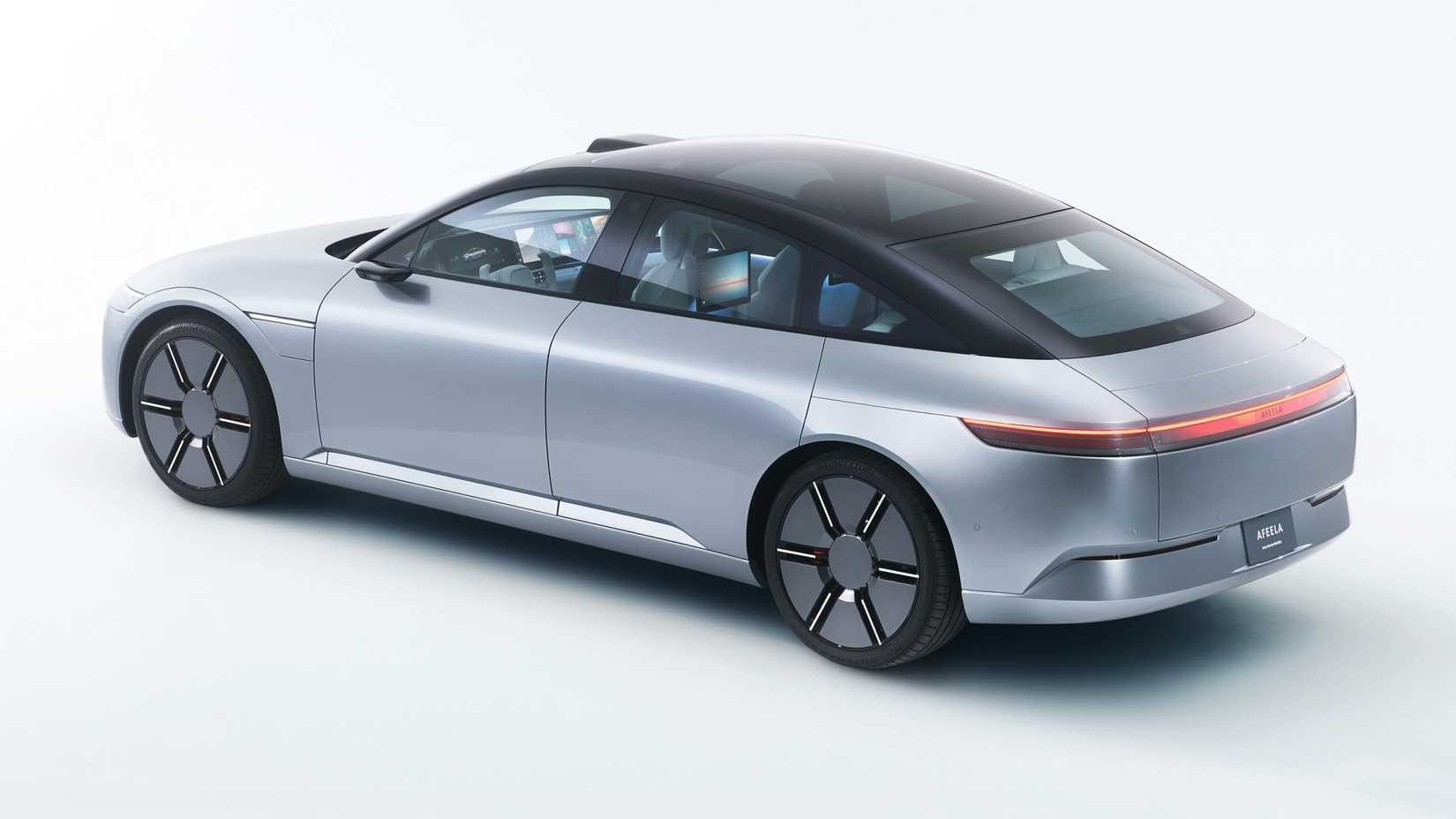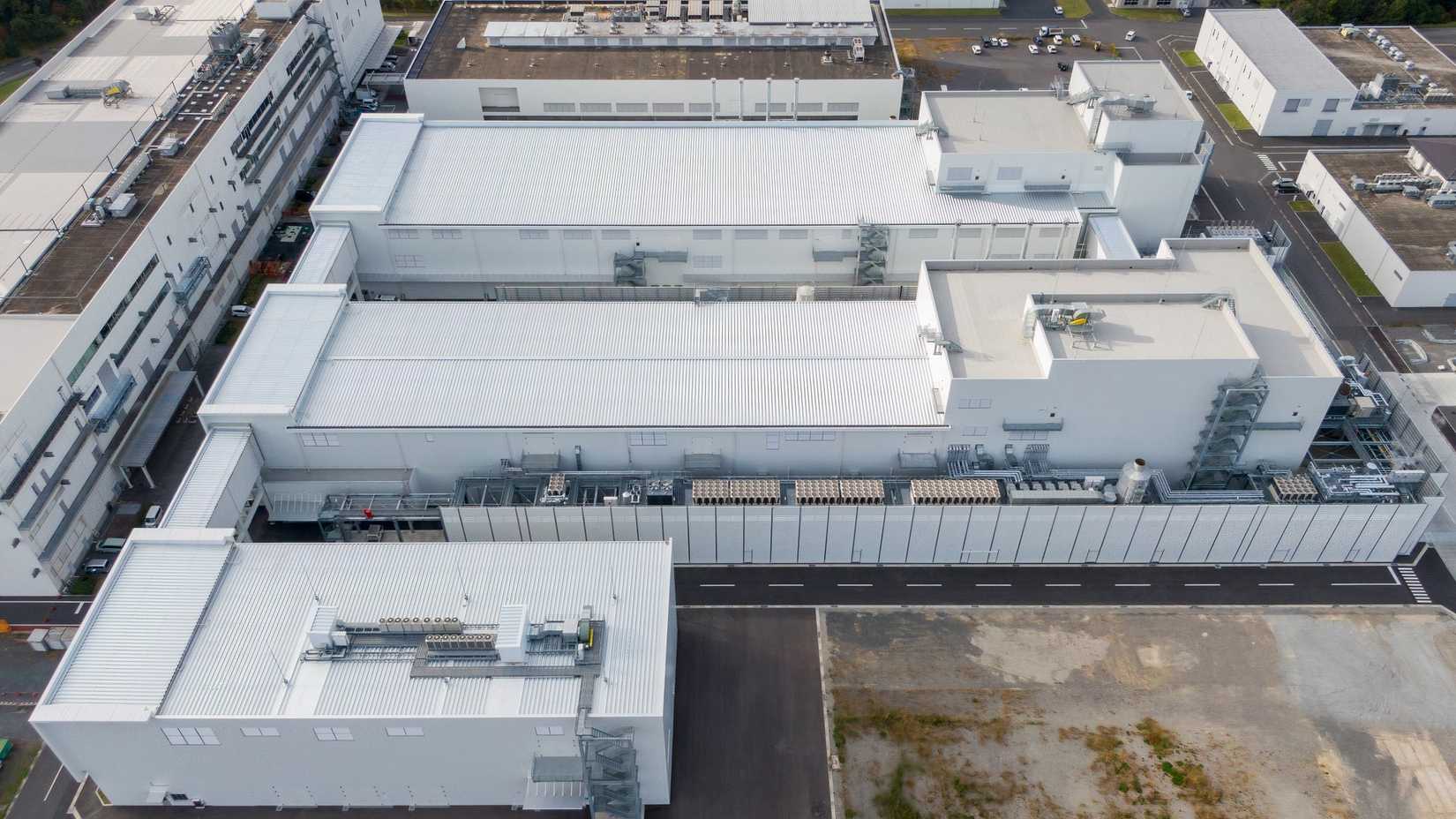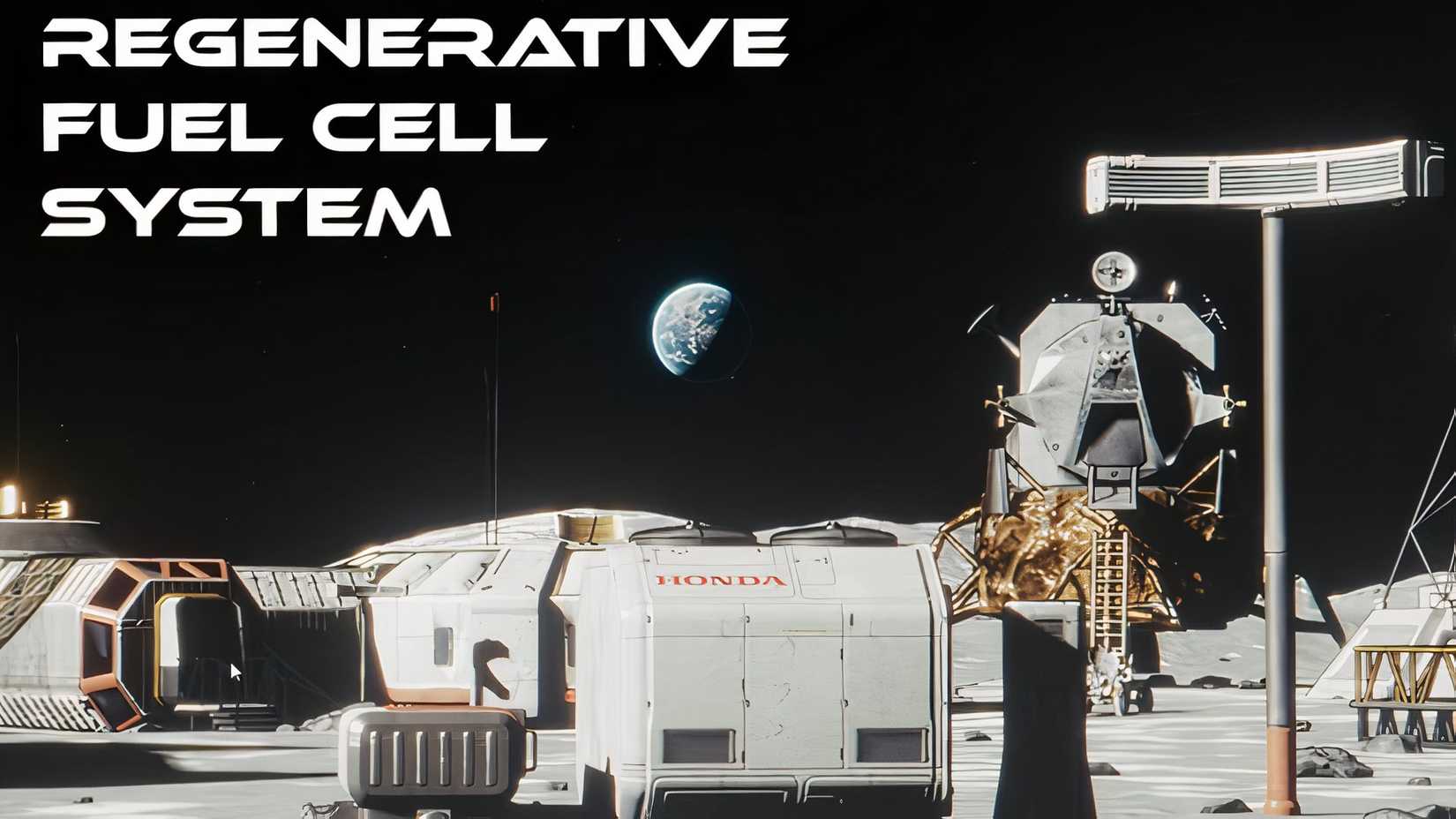Honda goals to attain carbon neutrality throughout all its merchandise and operations by 2050 by eliminating CO2 emissions from its mobility lineup. Electrical automobiles play a central position on this effort, however widespread adoption stays restricted as a consequence of excessive prices and restricted driving vary. Like many different manufacturers partaking within the EV race, Honda is advancing battery expertise and specializing in growing all-solid-state batteries in-house to deal with these challenges. Not like standard lithium-ion batteries, these next-generation models promise larger vitality density, quicker charging, and improved security.

Obtainable Fashions
Honda
- Based
-
24 September 1948
- Founder
-
Soichiro Honda
- Headquarters
-
Hamamatsu, Japan
- Owned By
-
Publicly Traded
- Present CEO
-
Toshihiro Mibe
The Japanese model has been taking a gradual method to EV adoption, however it will change within the coming years, because it already has an entire catalog deliberate for the American market earlier than the last decade ends. Honda’s purpose extends past laboratory success as it really works towards large-scale manufacturing that can make the expertise viable for on a regular basis automobiles. By integrating these batteries into future fashions, Honda plans to ship high-performance and extra inexpensive electrical automobiles, accelerating the transition to cleaner mobility and supporting its long-term imaginative and prescient of a zero-emission future.
To provide the latest and correct info attainable, the info used to compile this text was sourced from numerous producers and different authoritative sources.
Honda Is All In On Stable-State Batteries
The Japanese Model Continues To Closely Make investments In The Know-how
Honda continues to advance the event of solid-state batteries, with a deal with mass manufacturing from the earliest phases of analysis. Since no automaker has but commercialized these batteries, Honda sees a chance to discover versatile manufacturing strategies that stability innovation and practicality.
It’s attainable to construct small experimental cells that prioritize materials efficiency, however Honda designs its batteries with future manufacturing scalability in thoughts to make sure every unit meets model-specific wants for measurement, price, and effectivity. The corporate acknowledges that components resembling electrode measurement, construction, and stamping strategies straight affect efficiency, price, and high quality. Its engineers, subsequently, work to align materials properties with manufacturing strategies to attain a constant commonplace appropriate for real-world utility.
Laying The Groundwork Earlier than Taking The Manufacturing Leap
Honda evaluates the perfect battery measurement for the house beneath the ground and units clear design targets based mostly on vary, cabin house, and driving dynamics when contemplating set up in a automobile, simplifies materials choice, and shortens the general growth cycle by integrating manufacturing feasibility into early-stage analysis and growth. The corporate states that it has additionally taken the lead in creating proprietary applied sciences for manufacturing all-solid-state batteries that may be fitted to its automobiles.
Constructing on preliminary analysis milestones, Honda now goals to boost battery efficiency additional and speed up testing towards commercialization. The corporate’s purpose is to introduce automobiles outfitted with its solid-state batteries earlier than the top of this decade, marking a key step in its long-term technique for electrification and carbon neutrality.
How Honda Is Turning Stable-State Into A Actuality
Key Designs And Developments
Honda continues to refine the complicated manufacturing course of behind all-solid-state batteries, which differ essentially from standard lithium-ion models. Whereas lithium-ion batteries use a liquid electrolyte that enables ions to maneuver simply between the anode and cathode, all-solid-state batteries depend on a stable electrolyte that requires specialised materials selections and fabrication strategies to allow environment friendly ion circulate. One key step includes stamping to extend the density of the stable electrolyte’s inside construction and making use of superior processing to create sturdy contact between the electrodes and the electrolyte.
Attaining this stability is a fragile course of, as extreme strain throughout stamping can harm the fabric’s microstructure, lowering efficiency or harming different elements. With no established commonplace linking electrolyte density to efficiency, Honda approaches growth with an equal deal with mass-production feasibility and purposeful enchancment. The corporate says that it views this analysis as crucial to understanding the interplay between design precision, materials habits, and manufacturing effectivity. Recognizing the benefits of roll urgent for quicker manufacturing speeds, Honda has invested in mastering roll press expertise as a core step towards scalable manufacturing.
Getting The Clients Concerned
Honda Seems to be To Its Customers For Solutions
Honda approaches all-solid-state battery growth by a human-centered philosophy that prioritizes real-world worth for purchasers. Not like conventional growth that focuses first on verifying efficiency earlier than contemplating manufacturing, Honda started its all-solid-state program with mass manufacturing in thoughts to ship options that tackle social and environmental wants as quickly as attainable. Engineers first decide the perfect battery form for automobile integration, then establish appropriate supplies and manufacturing strategies that stability efficiency and value.
The Japanese model follows its core “Genba, Genbutsu” precept, which revolves round growing straight on the website of creation and studying by hands-on trial and error, and identifies challenges early and units exact targets that information each design refinement by bodily constructing and testing every idea.
Honda additionally integrates its engineering experience with the mindset of a producer deeply concerned in EV manufacturing by recognizing the battery as a central component of electrical automobiles. The corporate’s long-standing Monozukuri tradition includes craftsmanship that turns analysis into sensible merchandise, driving its pursuit of all-solid-state battery commercialization. Its broader purpose of reaching carbon neutrality throughout all merchandise and operations by 2050 reinforces this course.
As a tangible step, Honda plans to function its demonstration line for solid-state battery manufacturing to validate and refine manufacturing applied sciences and can use this basis to advance battery efficiency, scale up manufacturing, and transfer nearer to putting in these next-generation energy models in future electrical automobiles.
The Expansive Facility That Will Develop The Battery
The Manufacturing facility Runs On Renewable Power
On November 21 final yr, Honda unveiled its independently developed demonstration manufacturing line for all-solid-state batteries, marking a serious step towards mass manufacturing. Constructed at its analysis and growth middle in Sakura Metropolis, Tochigi Prefecture, the expansive facility replicates each course of wanted for large-scale manufacturing. It contains techniques for weighing and mixing electrode supplies, coating and roll urgent electrode assemblies, forming cells, and assembling modules.
With building accomplished in early 2024 and key gear now put in, Honda has already begun producing batteries on the road because the starting of this yr. This stage will deal with verifying mass manufacturing applied sciences, refining cell specs, and analyzing price effectivity. Drawing from its expertise with lithium-ion batteries, Honda has integrated a roll-pressing method that will increase electrolyte density and improves interfacial contact between electrodes and the stable electrolyte.
This methodology permits steady urgent, elevating productiveness and lowering manufacturing time per cell. Honda can also be implementing measures to chop oblique prices, resembling energy consumption, by optimizing manufacturing management and managing environmental circumstances effectively. The corporate goals to make its all-solid-state batteries cost-competitive by streamlined manufacturing whereas getting ready to develop their use past vehicles to bikes and plane, leveraging economies of scale to additional cut back prices.
Honda’s deep manufacturing experience, confirmed by the profitable commercialization of applied sciences like photo voltaic and gas cells, underpins its progress. Improvement groups in supplies and manufacturing engineering work in parallel, making certain that design, construction, and manufacturing strategies align with automobile integration necessities. It is a collaborative method that enables Honda to ascertain the demonstration line rapidly and advance towards full-scale manufacturing. The corporate targets the second half of this decade to introduce fashions powered by its all-solid-state batteries, reinforcing its dedication to innovation and carbon-neutral mobility.
Supply: Automotive and Driver and Automotive Information
